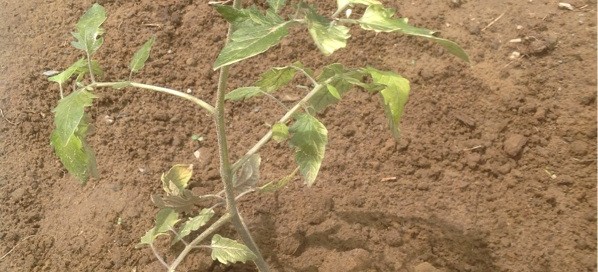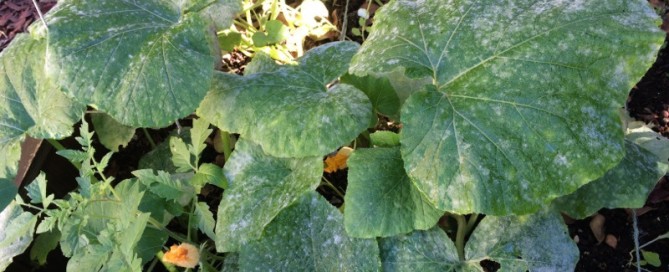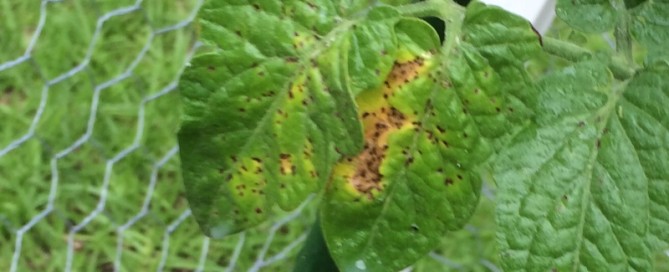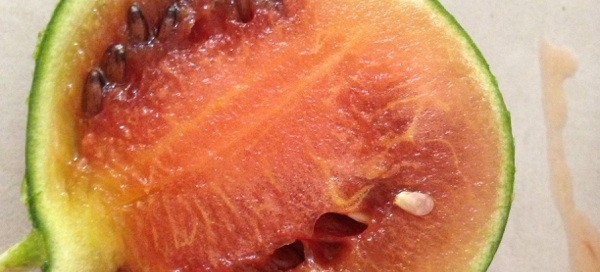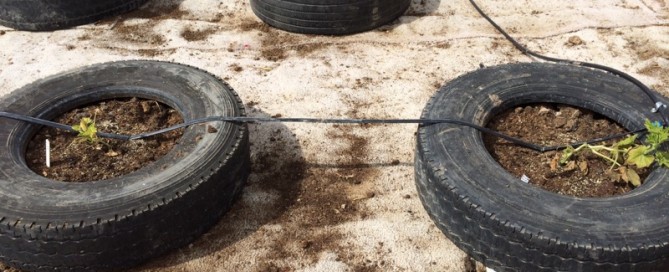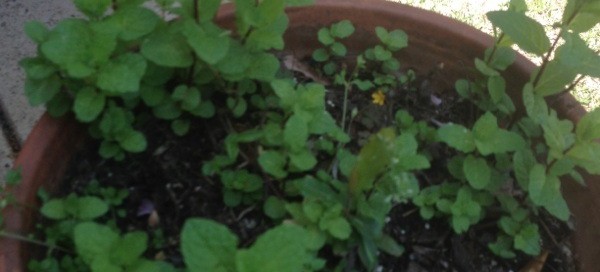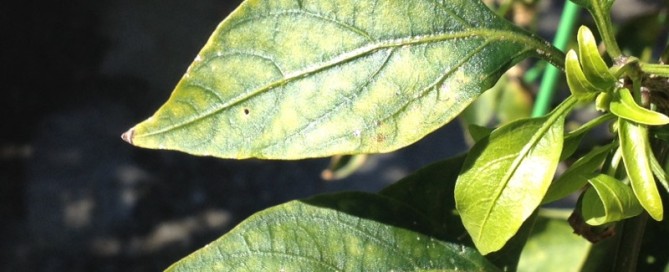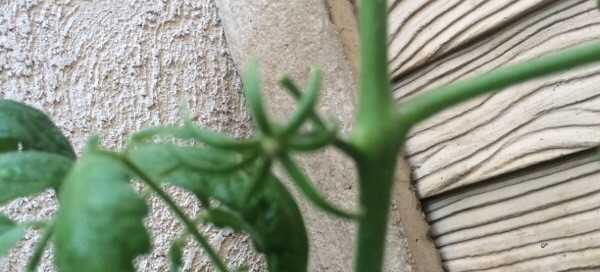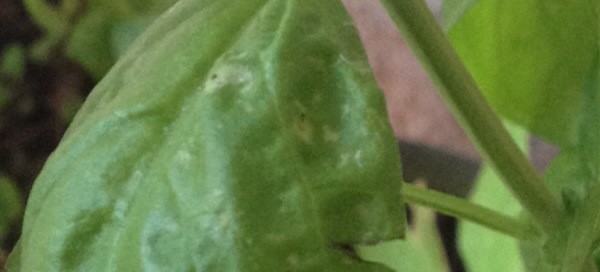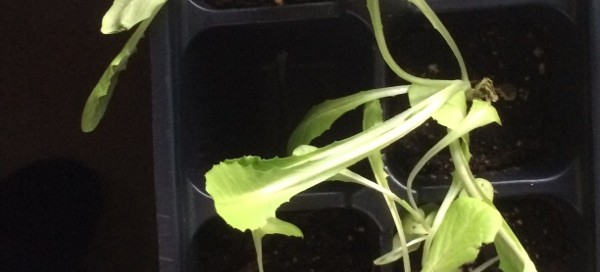Sunburn
This plant has sunburn. This frequently happens with young veggies that are raised in the house or greenhouse and put directly out into a hot, sunny garden. In the future you might put your young plants in a place where they will get morning sun and afternoon shade for three or four days so that they can "toughen up" gradually. Mulching around these plants will help keep the moisture in the soil, and a deep soaking less often will encourage the plants to develop good, strong deep root systems. If you're hand watering consider using a soaker hose or sprinkler - most people get bored before the plant gets a deep soaking, and hand watering only dampens the soil right around the plant - if the soil is only wet around the plant the roots won't grow beyond that small, damp area.
